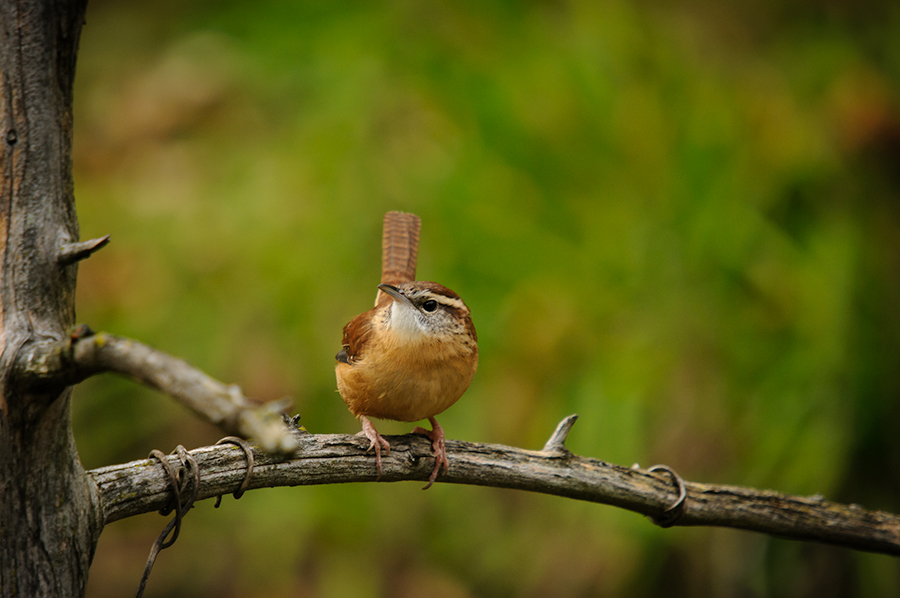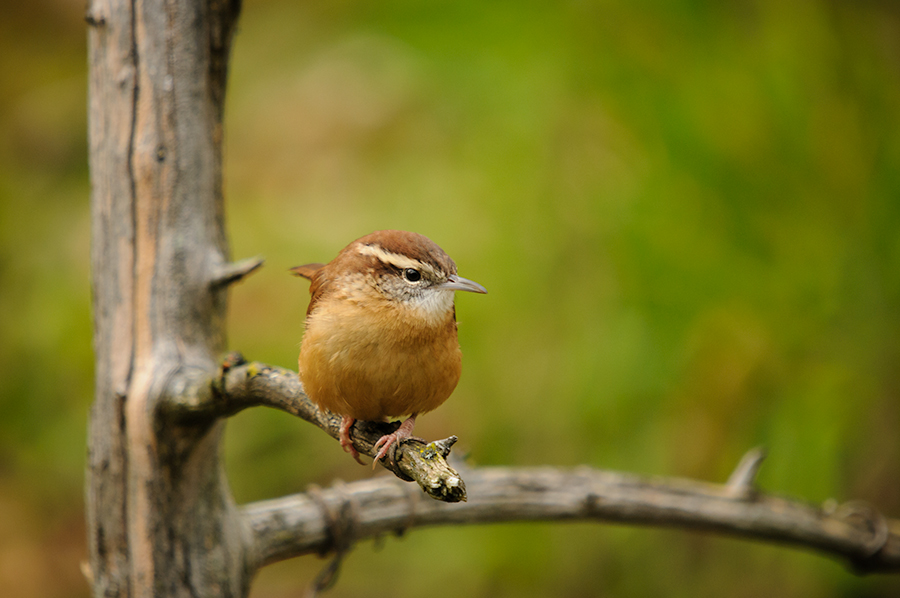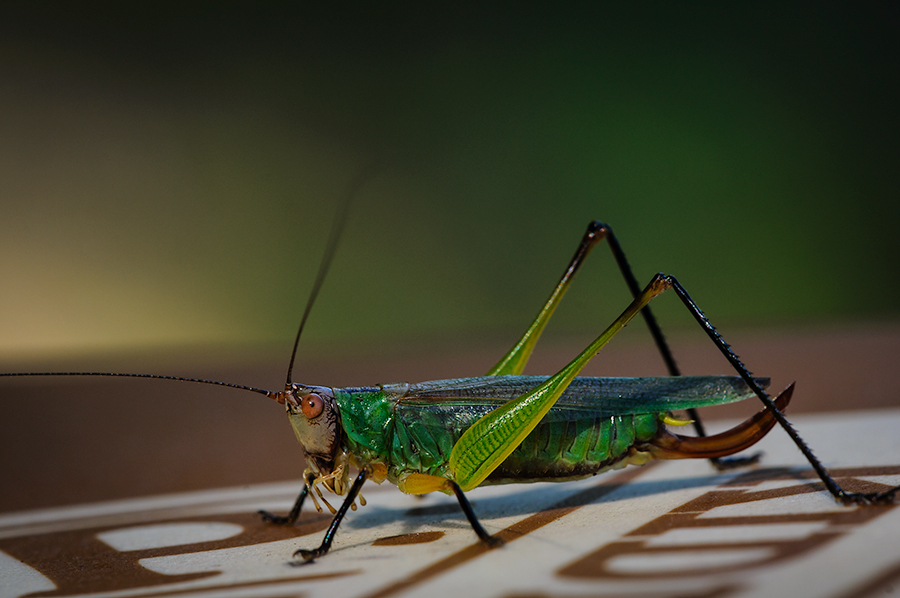
I have to admit I have a little bit neglected my old friends the Trumpeter Swans this year. Those of you, who followed my blog during the last three years, may remember that I documented the restoration of the swans at the Mill Creek Ponds between La Motte and Bellevue, Iowa for quite some time.

In 2011 I was able to report that one cygnet was in the nest and had been raised successfully. Last year I made photos of three young Trumpeter Swans, proof that the program to bring the Trumpeter Swan back to Iowa seems to work very well. 2013 I stopped only once in early spring at the ponds and saw the swan couple again. So until today I didn't know what happened during this year's breeding season. It made me really happy to see that two cygnets were in company of their parents when I drove around the corner and looked at the pond.

I have a very emotional attachment to the Trumpeter Swans for two reasons. First, I really think it is a wonderful majestic bird, and seeing their numbers grow over the years is just cool. Not just for my generation but knowing that our kids and grandkids may have a chance to enjoy them as well is a good thought. The second reason is that working with the swans and making photos of them has taught me so much for my wildlife photography. I spent countless hours at the Mill Creek Ponds during the last three years. Many frustrations started here (how would you feel after shooting 500 pics and all of them suck because lack of sharpness...??!! ;-) ), but coming back over and over again and working with the same subject made me seeing some progress, slowly but surely. Do I have the perfect image of a Trumpeter Swan yet? Hell no, I may never have it, but the swans played a big role for my decision to focus on wildlife photography and I'm thankful for that.

If you like to see some of the older blog posts about the Trumpeter Swans just type "trumpeter swan" into the search field in the side bar on the left hand side of this blog, hit the Enter-key, and you will see all of them.
















